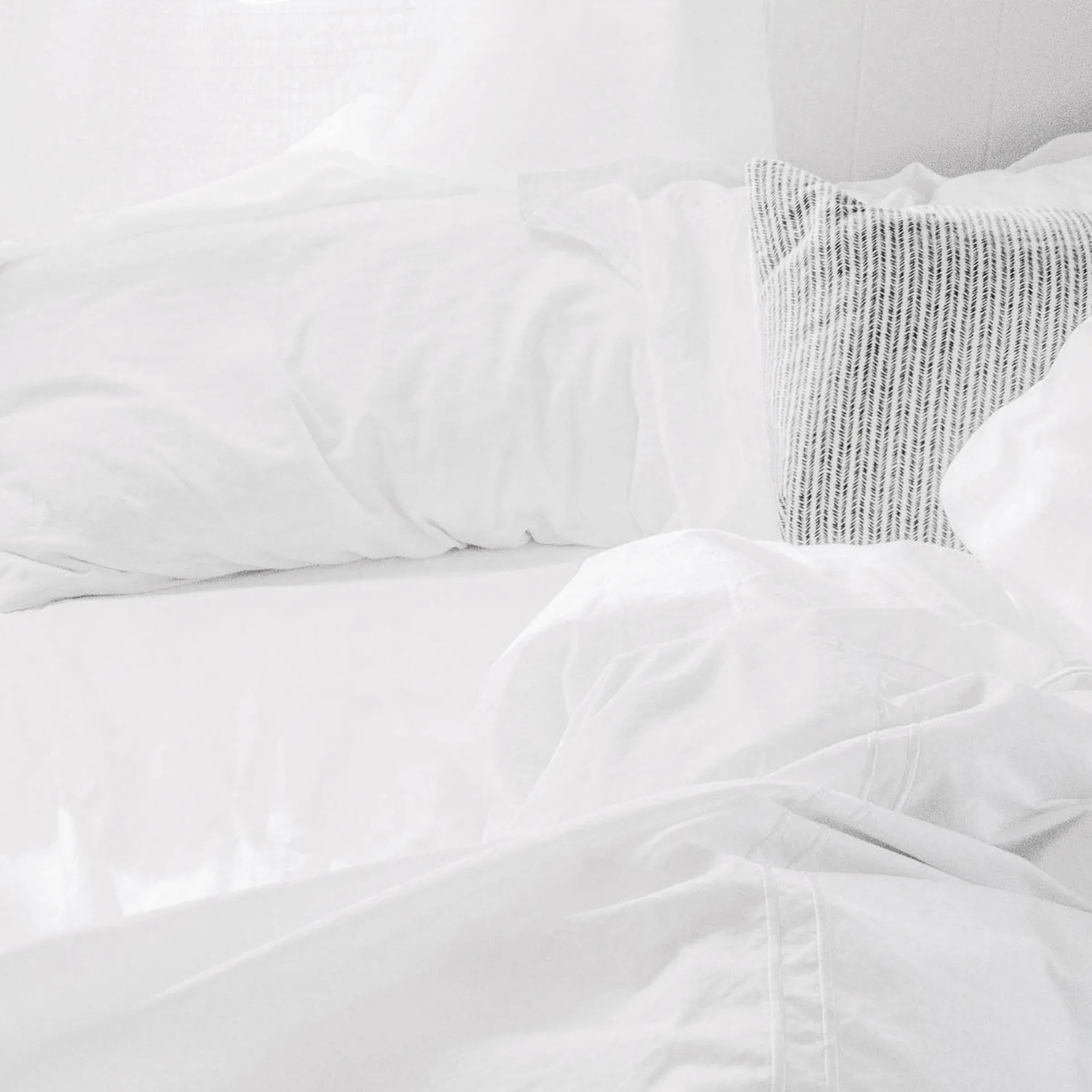25 High Fiber Foods for Diverticulosis That Actually Work (What I Learned the Hard Way)

Three years ago, I was sitting in my doctor’s office feeling completely overwhelmed. She’d just told me I had diverticulosis, and suddenly every trip to the grocery store felt like navigating a minefield. Sound familiar? If you’re reading this, you’re probably in that same confused, slightly panicked headspace I was in.
Here’s the thing – diverticular disease affects around 30% to 50% of people during their lifetime in developed countries, according to Milton Keynes University Hospital. But knowing you’re not alone doesn’t make standing in the cereal aisle any less confusing. What could I eat? What should I avoid? The confusion was overwhelming until I discovered that the right high fiber foods for diverticulosis could actually become my digestive system’s best allies.
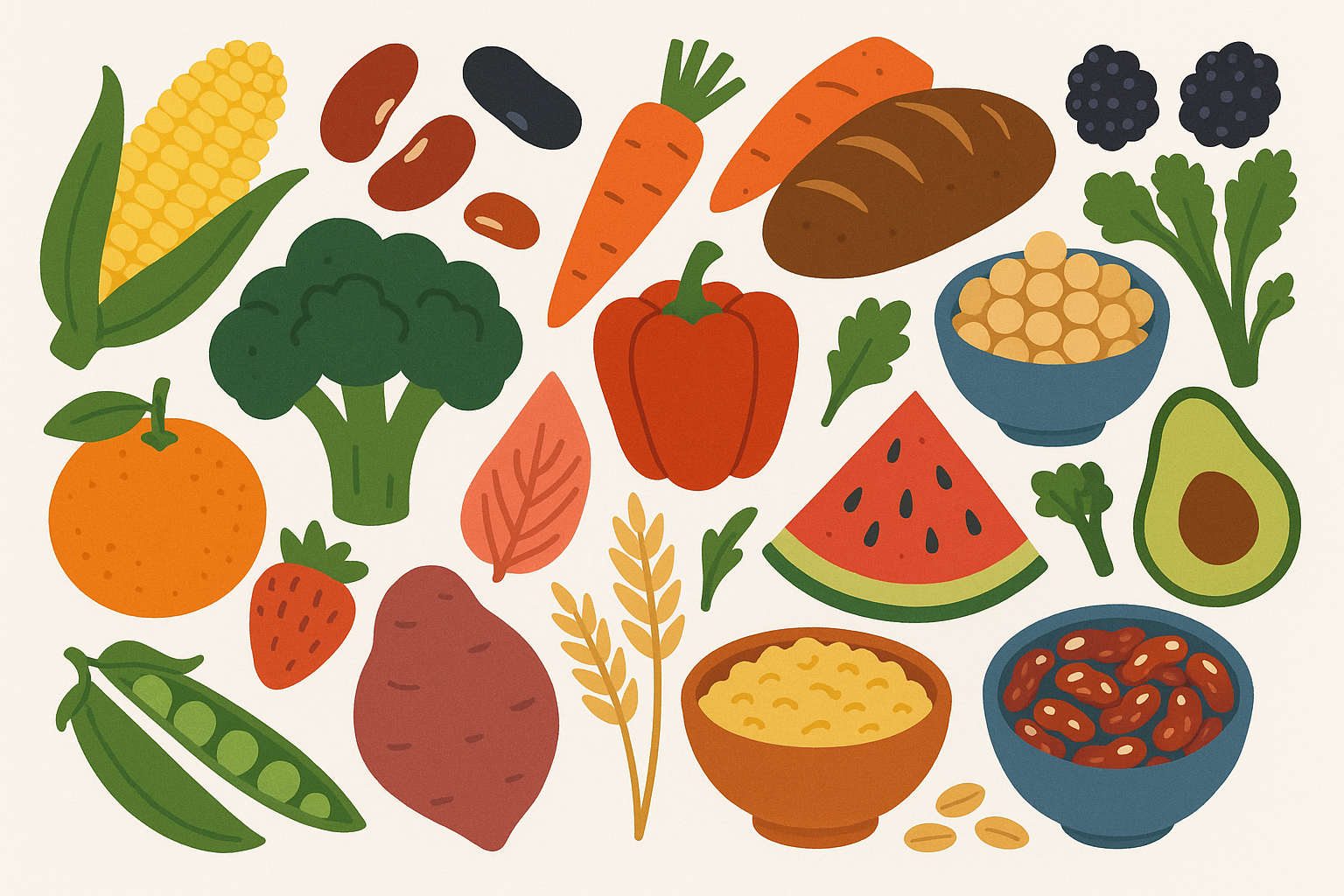
Table of Contents
- What You Actually Need to Know About Choosing High Fiber Foods
- 25 High Fiber Foods That Won’t Make You Miserable (Organized by Type)
- Beans and Lentils (The Fiber Champions That Require Patience)
- Whole Grains (Your New Breakfast Best Friends)
- Fruits (Nature’s Candy That Actually Helps)
- Vegetables (The Good Guys That Need Proper Cooking)
- Nuts, Seeds, and Power Foods (Handle With Care)
- How Each Food Actually Helps Your Gut
- Making This Work in Real Life
- How to Not Feel Miserable While Your Gut Adjusts
- The Bottom Line
TL;DR
Look, I get it – you want the quick version. Here’s what actually works: Start slow (seriously, don’t be a hero like I was), aim for 25-35 grams of fiber daily but build up gradually, drink tons of water, and cook your vegetables well. Beans are fiber superstars but will make you gassy at first. Oatmeal is your gentle friend. Berries are amazing. And for the love of all that’s holy, don’t eat dry chia seeds unless you want to feel like you’re choking on tiny pebbles.
What You Actually Need to Know About Choosing High Fiber Foods
Okay, let’s break this down without the medical jargon. Managing diverticulosis through food isn’t rocket science, but there are five things that’ll make or break your success. You need to understand fiber types (don’t worry, it’s simpler than it sounds), take things slow, choose the right level of processing, figure out what your specific gut can handle, and pick foods that give you more than just fiber.
You need two types of fiber – think of one as the “gel maker” (soluble) that helps things slide through smoothly, and the other as the “bulk builder” (insoluble) that keeps things moving. You don’t need to obsess over the exact amounts – just aim for a mix of both while following an effective diet for diverticulosis.
Understanding the importance of fiber in your digestive health goes beyond diverticulosis management – research shows that dietary fiber is the real macronutrient you need to watch for overall wellness and disease prevention.
Here’s the simple breakdown:
| Fiber Type | What It Does | Where to Find It | How Much You Need |
|---|---|---|---|
| Soluble (The Gel Maker) | Makes things smooth and feeds good gut bacteria | Oats, beans, apples, carrots | About 10-15g daily |
| Insoluble (The Bulk Builder) | Adds bulk and keeps things moving | Whole grains, veggies, fruit skins | About 15-20g daily |
| Total Fiber | Keeps your digestive system happy | Mix of whole foods | 25-35g daily |
Don’t Be a Fiber Hero (Like I Was)
Look for foods with at least 3-5 grams of fiber per serving, but here’s where I messed up big time – I jumped from eating maybe 10 grams of fiber a day to trying to hit 30 grams overnight. Big mistake. I spent three days feeling like I’d swallowed a balloon and was ready to give up entirely.
Learn from my impatience! Increase your fiber by about 5 grams every few days. Your gut needs time to adjust, and those good bacteria need time to multiply and help you process all this new fiber.
My “Don’t Be Stupid Like Me” Fiber Schedule: Week 1: Start with 15g daily (some oatmeal, an apple, cooked carrots). Week 2: Add 5g (throw in some black beans). Week 3: Add another 5g (more oatmeal). Week 4: Hit that 30g target (add some broccoli). This way you won’t spend three days hating life like I did.
Whole Foods Are Your Friends (But Cooking Helps)
Here’s something that surprised me – sometimes the “processed” version is actually easier on your gut. I’m not talking about white bread versus whole wheat. I mean that well-cooked vegetables are often better tolerated than raw ones when you’re starting out, even though they’re technically more “processed.”
Keep a food diary. I know, I know – it sounds tedious. But trust me on this one. What works perfectly for your neighbor might leave you uncomfortable for hours. Everyone’s gut is different, and you need to figure out yours.
And please, PLEASE drink water. Like, a lot of water. 8-10 glasses daily. High-fiber foods without enough water turn into cement in your intestines. Not fun.
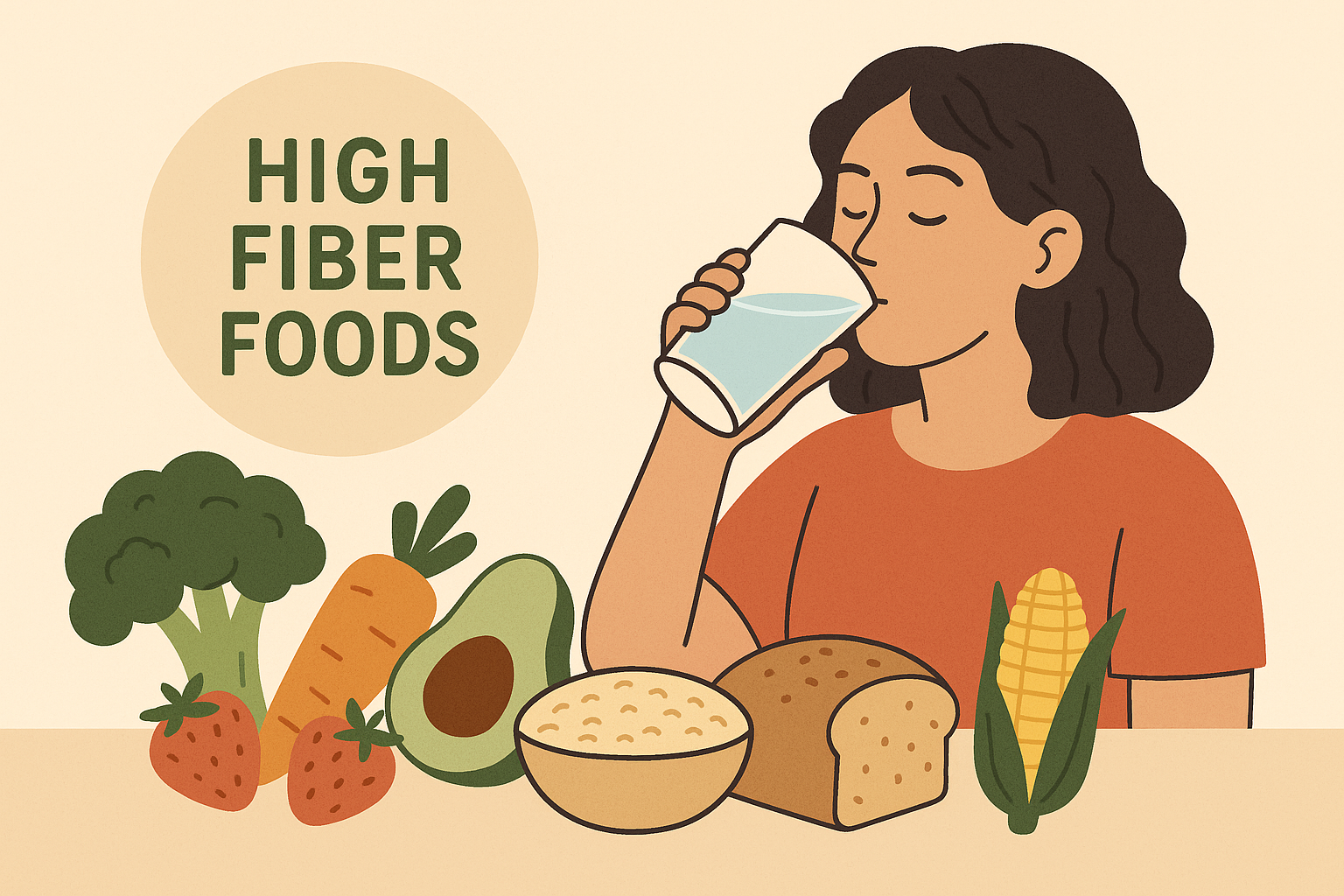
25 High Fiber Foods That Won’t Make You Miserable (Organized by Type)
I’ve organized these into five groups that actually make sense when you’re grocery shopping. Each group has its own personality – some are gentle and forgiving, others pack a fiber punch that requires respect. Here’s what I’ve learned works without making you want to give up and live on crackers forever.
Beans and Lentils (The Fiber Champions That Require Patience)
Let’s talk about the heavy hitters. These little powerhouses can pack 15-19 grams of fiber per cup, which is amazing but also means you need to respect them. Start small, be patient, and don’t make my mistake of diving into a giant bowl of chili on day one.

1. Black Beans
Fiber Content: 15g per cup cooked
These little gems are packed with fiber, protein, and nutrients like folate and magnesium. But here’s my hard-won advice – start with half a cup and see how you feel. I learned this lesson when I made a giant pot of black bean soup and ate three bowls. My stomach was NOT happy.
You can add them to soups, salads, or make bean burgers. Pro tip: If you’re using canned beans, rinse them really well. It cuts down on the gas-producing compounds while keeping most of the fiber benefits.
2. Lentils (Red, Green, and Brown)
Fiber Content: 15.6g per cup cooked
Lentils are like the friendly cousin of the bean family. They cook faster and are generally easier to digest. Red lentils are especially gentle – they practically dissolve when cooked, making them perfect for beginners or anyone with a sensitive stomach.
Try them in soups, curries, or as a meat substitute in pasta sauce. They’re packed with iron, folate, and potassium, so you’re getting way more than just fiber.
3. Chickpeas (Garbanzo Beans)
Fiber Content: 12.5g per cup cooked
These versatile little guys can be roasted for snacks, blended into hummus, or tossed in salads. They’re usually pretty well-tolerated, but again – start with smaller portions and work your way up over several weeks.
4. Split Peas
Fiber Content: 16.3g per cup cooked
Split peas create this naturally creamy texture when cooked that’s perfect for soups and stews. They’re high in protein and potassium, and the soft texture makes them easier on sensitive stomachs during the adjustment period. Plus, split pea soup is comfort food that happens to be incredibly healthy.
5. Navy Beans
Fiber Content: 19.1g per cup cooked
These are the fiber champions – among the highest you’ll find. They’re mild-flavored and versatile, but seriously, start small with these ones. That 19 grams of fiber per cup is no joke if your system isn’t ready for it.
Whole Grains (Your New Breakfast Best Friends)
Whole grains are like the reliable friend who’s always there for you. They provide steady energy alongside quality fiber, and most people tolerate them pretty well. The key is cooking them with extra liquid and taking your time.
For those looking to perfect their oatmeal game, learning how to cook delicious oatmeal every time ensures you maximize both flavor and digestive benefits from this fiber-rich whole grain.
My Gentle Grain Cooking Method: For steel-cut oats, use way more water than the package says – like 1 cup oats to 4 cups water instead of 3. Simmer for 30-45 minutes until they’re really soft. This breaks down the tough fibers while keeping all the good beta-glucan stuff. Throw in some cinnamon and chopped pear during the last 10 minutes for natural sweetness.
6. Steel-Cut Oats
Fiber Content: 8g per cup cooked
These are your breakfast MVP. Steel-cut oats have something called beta-glucan, which is particularly good for digestive health. They’re less processed than instant oats, so they keep more of their fiber integrity. Cook them with extra water for a softer, more digestible texture.
7. Quinoa
Fiber Content: 5.2g per cup cooked
Quinoa is like the overachiever of grains – it’s got complete protein AND fiber, plus it’s naturally gluten-free. The mild, nutty flavor works in both sweet and savory dishes, making it perfect for people who are just getting started with high-fiber eating.
8. Brown Rice
Fiber Content: 3.5g per cup cooked
Brown rice is the gentle giant of whole grains. Most people tolerate it really well, it provides steady energy and B vitamins, and it tastes familiar. Choose long-grain varieties for better texture and easier digestion.
9. Barley (Hulled)
Fiber Content: 6g per cup cooked
Barley has that same beneficial beta-glucan as oats, with a chewy texture and nutty flavor. Use it in soups, stews, or as a rice substitute. Pearl barley is more processed but still provides good fiber and might be easier on your stomach initially.
10. Bulgur Wheat
Fiber Content: 8.2g per cup cooked
This pre-cooked cracked wheat is super quick to prepare and common in Middle Eastern dishes. It has a pleasant, chewy texture that works well in pilafs, salads, and grain bowls. Plus, it cooks fast, which is always a win in my book.
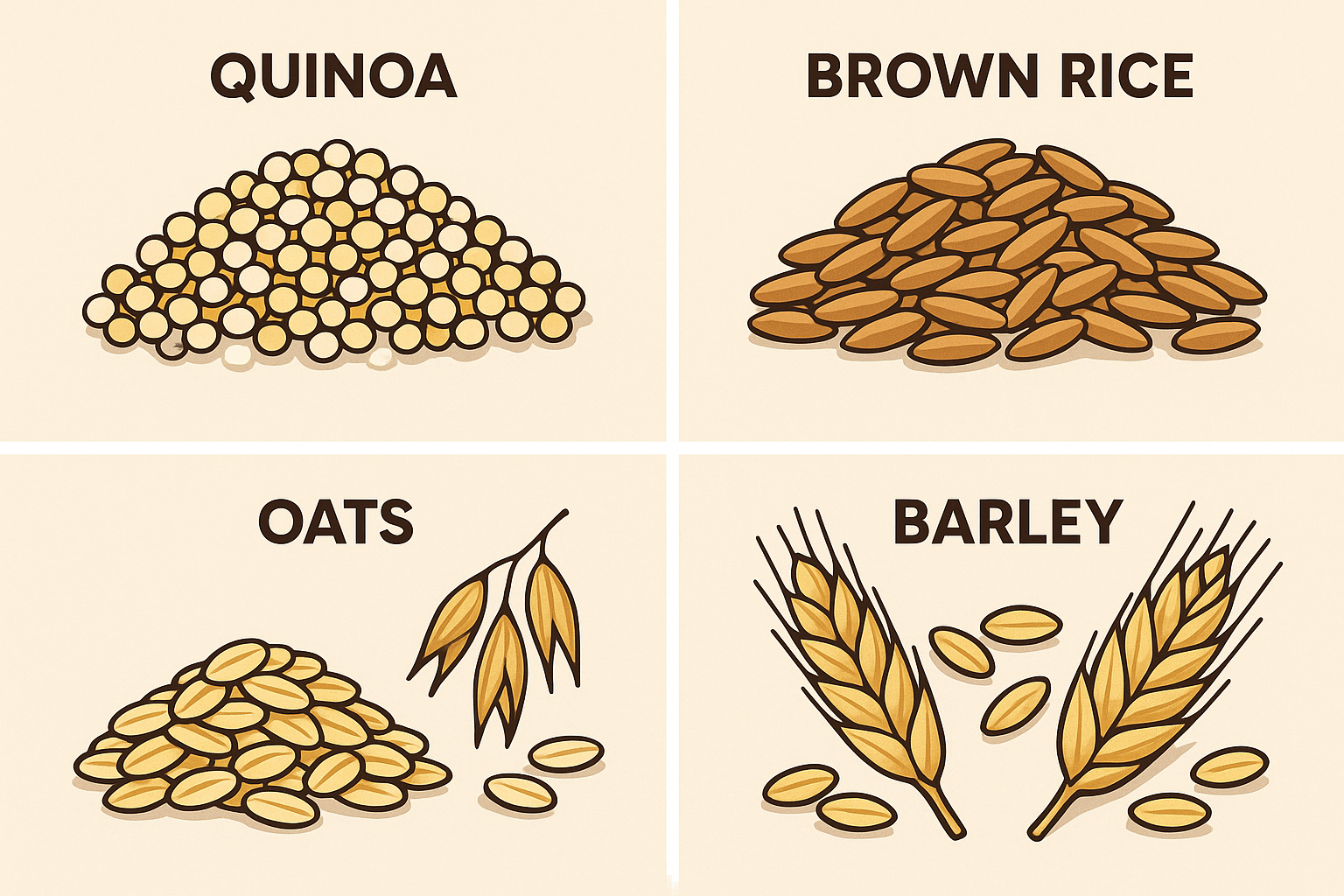
Fruits (Nature’s Candy That Actually Helps)
Fruits are like nature’s way of making fiber taste good. Berries are your best bet for fiber without too much sugar, and fruits with edible skins pack the most fiber punch. Just remember – if you’re sensitive to skins initially, start peeled and work your way up.
11. Raspberries
Fiber Content: 8g per cup
These little red gems are among the highest fiber fruits you can find. They’re packed with antioxidants and vitamin C, and most people tolerate the tiny seeds just fine. Great fresh, frozen, or tossed into smoothies and yogurt.
12. Pears (with skin)
Fiber Content: 6g per medium pear
Pears have both types of fiber plus pectin, which helps with digestive regularity. Choose ripe pears for easier digestion. If the skin bothers you at first, peel them initially and gradually work up to eating the skin as your tolerance improves.
13. Apples (with skin)
Fiber Content: 4.5g per medium apple
An apple a day really might help keep digestive problems away. They contain pectin (great soluble fiber) while the skin provides insoluble fiber. Go organic when possible to avoid pesticide residues, and start with peeled apples if the skin causes issues initially.
14. Blackberries
Fiber Content: 7.6g per cup
Packed with antioxidants and fiber, blackberries have small seeds that are usually well-tolerated. They’re rich in vitamin
Packed with antioxidants and fiber, blackberries have small seeds that are usually well-tolerated. They’re rich in vitamin K and manganese, and they’re delicious fresh, in smoothies, or as a topping for high-fiber cereals.
15. Avocados
Fiber Content: 10g per cup cubed
This unique fruit gives you healthy fats AND fiber, and the creamy texture is super gentle on your digestive system. Rich in potassium and folate, avocados work in both sweet and savory dishes and are naturally anti-inflammatory.
Here’s a quick breakdown of fruit categories:
| Fruit Type | Fiber per Serving | How Most People Handle Them | Best Way to Eat Them |
|---|---|---|---|
| Berries (raspberries, blackberries) | 7-8g per cup | Usually pretty well | Fresh, frozen, or blended |
| Tree Fruits (apples, pears) | 4-6g per medium fruit | Skin might be tricky at first | Start peeled, work up to skin |
| Tropical (avocado) | 10g per cup | Really well | Raw – that creamy texture helps |
| Stone Fruits | 2-4g per medium fruit | Generally good | Peeled if you need to initially |
Vegetables (The Good Guys That Need Proper Cooking)
Vegetables provide tons of nutrients alongside fiber, but here’s what I learned – cooking them well makes a huge difference in how you tolerate them. Don’t worry about losing nutrients; you’re gaining digestibility, which is way more important when you’re starting out.
While building your high-fiber vegetable routine, understanding 5 simple ways to beat bloat and improve digestion can help ensure your digestive system adapts smoothly to increased fiber intake.
16. Artichokes
Fiber Content: 10g per medium artichoke
These are like the fiber superstars of the vegetable world. They’re packed with antioxidants and prebiotics that feed your good gut bacteria. Steam or bake them for optimal digestibility, and focus on the tender heart and inner leaves rather than trying to chew through the tough outer parts.
17. Brussels Sprouts
Fiber Content: 4g per cup cooked
Can we talk about Brussels sprouts for a second? I know, I know – you probably hated them as a kid. But here’s the thing: properly cooked Brussels sprouts (and I mean REALLY cooked, not that crunchy restaurant nonsense) can actually be delicious and won’t make your stomach revolt. They’re packed with vitamin K and vitamin C.
18. Broccoli
Fiber Content: 5g per cup cooked
Broccoli is like the reliable friend of vegetables – always there for you, packed with good stuff like vitamin C and folate. Steam it lightly to keep the fiber while making it easier to digest than raw broccoli. Your gut will thank you.
19. Sweet Potatoes
Fiber Content: 6.6g per large baked potato with skin
Sweet potatoes are like the comfort food of the fiber world. They provide both types of fiber plus beta-carotene, and that natural sweetness makes them really palatable. Baking them enhances digestibility while keeping that fiber-rich skin intact.
20. Carrots
Fiber Content: 3.6g per cup cooked
Carrots are the gentle giants of the vegetable world. They’re naturally sweet, packed with beta-carotene, and cooking breaks down the tough fibers while maintaining all the nutritional benefits. They’re one of the most universally tolerated high-fiber vegetables, making them perfect for building confidence in your fiber journey.
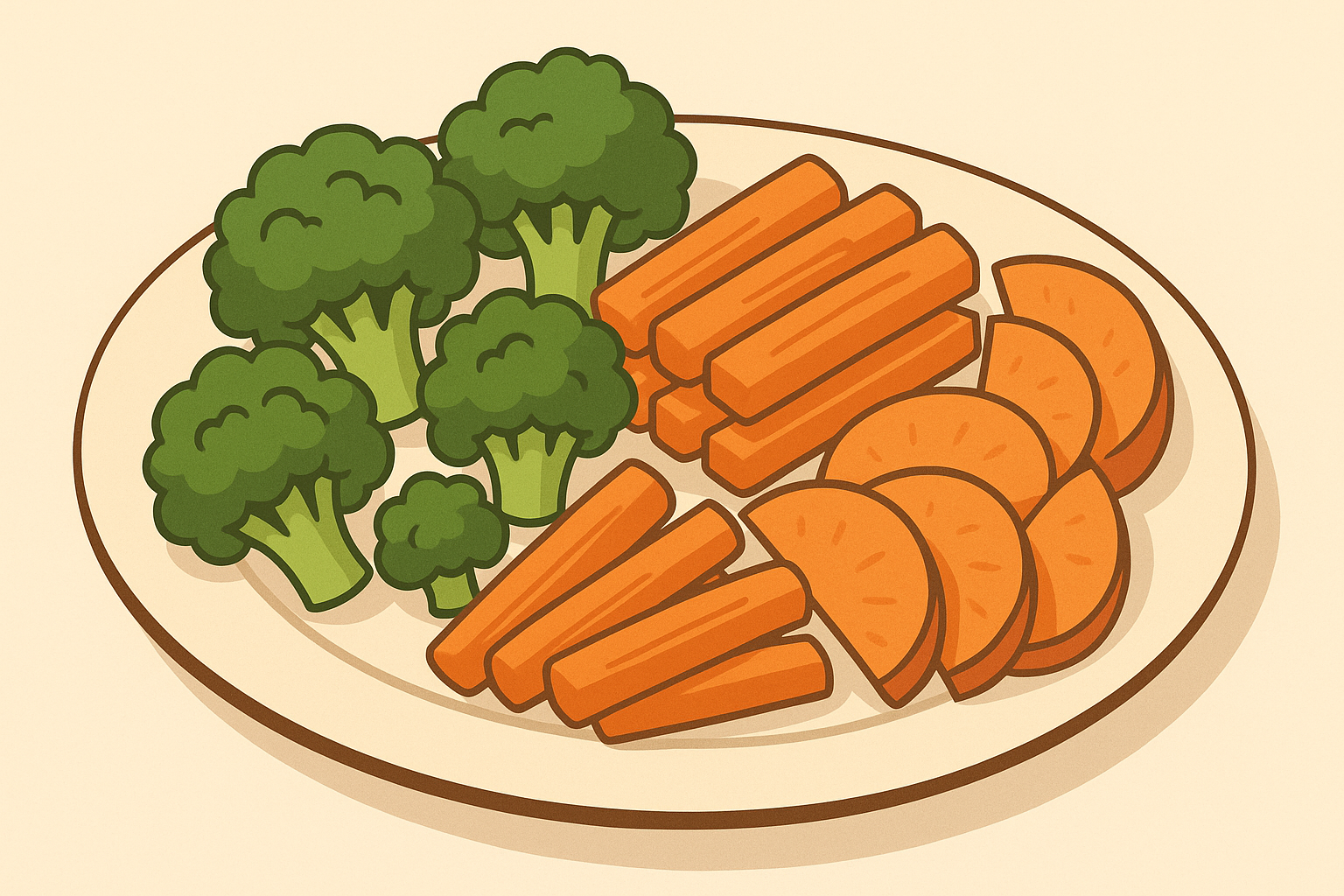
Nuts, Seeds, and Power Foods (Handle With Care)
This category is like the concentrated fiber supplements of the food world. They pack a serious fiber punch in small packages, which means you need to be careful with portions and drink tons of water. But they also give you healthy fats and omega-3s, so they’re worth the extra attention.
21. Chia Seeds
Fiber Content: 10g per 2 tablespoons
Chia seeds: Nature’s way of testing your patience. Seriously, don’t eat them dry unless you want to feel like you’re choking on tiny pebbles. They need liquid to form that gel-like consistency that makes them work properly. Start with 1 teaspoon and work up gradually. Always, ALWAYS consume with plenty of water.
I made the mistake of eating a tablespoon of dry chia seeds once. Never again. They need liquid to work safely.
22. Ground Flaxseeds
Fiber Content: 7.6g per 2 tablespoons
Flaxseeds must be ground up for your body to actually use them – whole flaxseeds just pass right through. They provide omega-3 fatty acids along with fiber. Store them in the refrigerator to prevent them from going rancid, and mix them into smoothies, yogurt, or oatmeal.
23. Almonds
Fiber Content: 3.5g per ounce (23 almonds)
Almonds give you healthy fats, protein, and fiber all in one package. The skins contain most of the fiber, so don’t buy the blanched ones. If they’re hard to digest initially, try soaking them overnight. They’re also rich in vitamin E and magnesium.
24. Psyllium Husk
Fiber Content: 5g per tablespoon
This is like the concentrated fiber supplement that’s actually a real food. It’s particularly good for diverticulosis because it’s mostly soluble fiber. Start with 1 teaspoon mixed in 8 oz of water and gradually increase. Always follow with more water to prevent choking or intestinal blockage.
25. Coconut (Unsweetened Shredded)
Fiber Content: 7.2g per cup
High in insoluble fiber with natural antimicrobial properties, unsweetened coconut avoids the added sugars while providing substantial fiber. Use it in baking, smoothies, or as a topping for cereals and yogurt.

How Each Food Actually Helps Your Gut
Now that we’ve covered the what, let’s talk about the why. Each of these food groups does something specific for your digestive system, and understanding this helps you make better choices based on what your particular gut needs.
Why Beans and Lentils Are the MVPs
All legumes are superstars at providing both types of fiber, with about 30-40% being the gel-making soluble kind. This balance is perfect for diverticulosis because it helps create soft, well-formed stools without too much bulk that might irritate those little pouches.
Black beans and navy beans need the most respect due to their high fiber content (15-19g per cup). Start with ¼ cup servings every other day. Lentils and split peas are usually more forgiving because they cook into softer textures and have fewer of those gas-producing compounds.
Here’s something I learned the hard way – dried beans that you cook yourself are better than canned, but canned beans (rinsed well) are totally acceptable and might actually be gentler on sensitive systems because the processing breaks down some of the tougher fiber structures.
Why Whole Grains Are Your Steady Friends
Steel-cut oats and barley provide the highest quality soluble fiber through something called beta-glucan. This specific type of fiber has been shown to be particularly good for digestive health and may help reduce inflammation in your digestive tract – which is exactly what you want when dealing with diverticulosis.
Quinoa and brown rice are usually the best-tolerated options for beginners. Bulgur and barley might cause more initial digestive adjustment because they have more of the bulk-building insoluble fiber and more complex carbohydrate structures.
Cooking grains with extra liquid and allowing longer cooking times breaks down tough fibers, making them way more digestible. Soaking grains overnight can improve tolerance even more by starting the breakdown process before cooking.
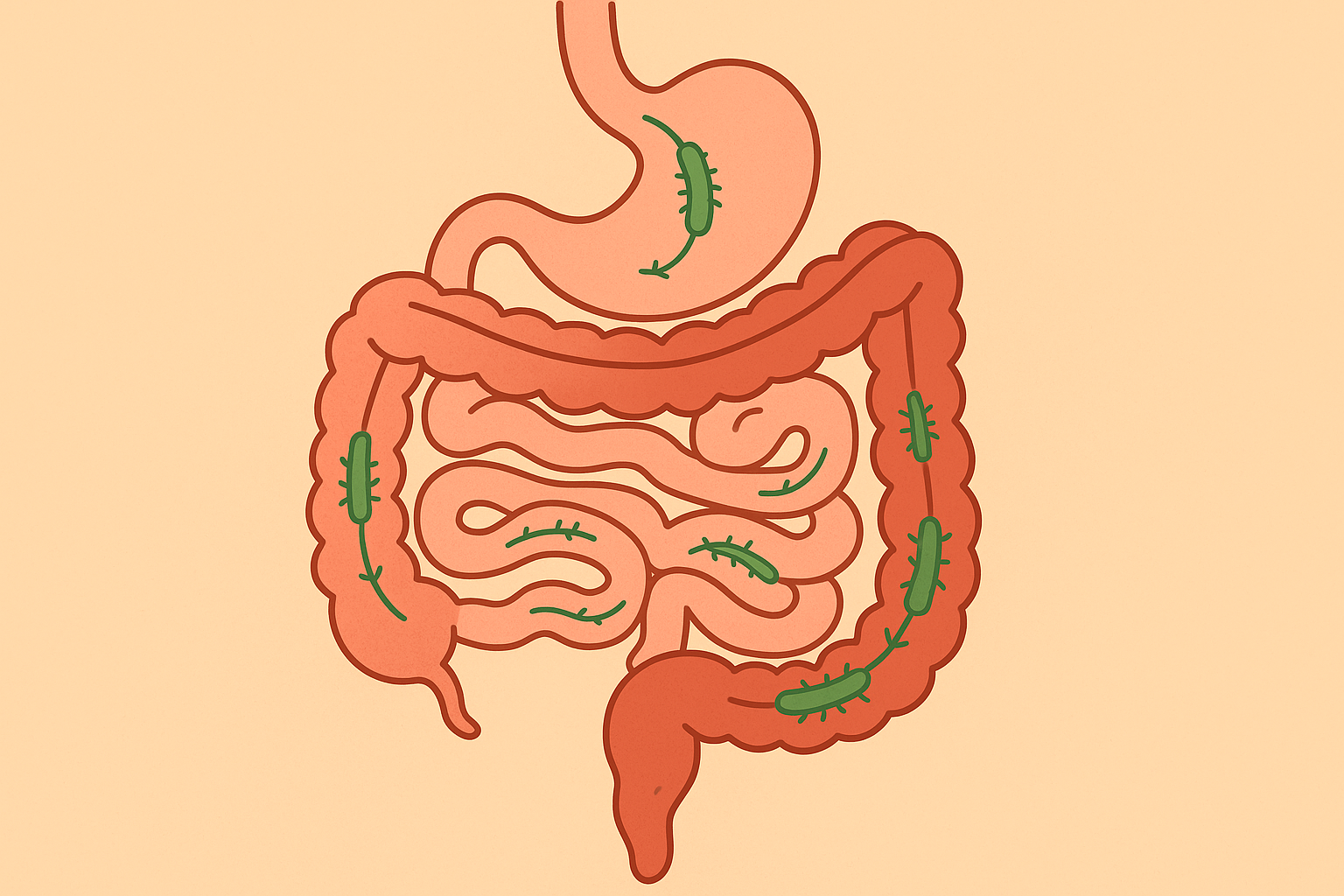
How to Not Feel Miserable While Your Gut Adjusts
Let’s talk about the practical stuff that can make or break your success. This isn’t just about what to eat – it’s about when to eat it, how to support your digestive system, and how to work with your gut bacteria instead of against them.
Supporting your digestive system during fiber adaptation might benefit from understanding drinking vinegars as the next big thing for gut health, which can help balance gut bacteria while you increase fiber intake.
Consider plant-based digestive enzymes – the ones with alpha-galactosidase for bean meals, cellulase for high-fiber vegetables, and general enzyme blends for mixed meals. This can significantly improve how you feel during the adjustment period.
The fiber in these foods feeds your beneficial gut bacteria. Include fermented foods like sauerkraut, kimchi, or kefir alongside high-fiber meals to support optimal bacterial balance and help your system digest fiber better.
Eat your highest fiber meals earlier in the day when your digestive system is typically strongest. Space fiber-rich foods throughout the day rather than eating massive amounts at once. This prevents overwhelming your system and reduces gas and bloating.
| Time of Day | What to Eat | How Much Fiber | Why This Works |
|---|---|---|---|
| Morning | Steel-cut oats, berries, ground flaxseed | 8-12g fiber | Your digestion is strongest |
| Midday | Beans, quinoa, cooked vegetables | 12-15g fiber | Peak enzyme production |
| Evening | Gentle fruits, small nut portions | 5-8g fiber | Your system is winding down |
Making This Work in Real Life
Okay, let’s get real about implementation. You’ve got a job, maybe kids, definitely a budget, and probably some dietary restrictions. Here’s how to make this actually work without turning your life upside down.
Meal Planning That Won’t Drive You Crazy
Sunday meal prep doesn’t have to mean spending your entire weekend in the kitchen. I cook one big pot of beans, make a batch of steel-cut oats, and chop some vegetables. That’s it. Takes maybe an hour, and future-you will thank present-you all week long.
Cook 2 cups dried black beans, 2 cups lentils, and 3 cups steel-cut oats. Portion into containers: ½ cup beans + ½ cup lentils + ¾ cup oats = 4 ready-to-go base meals. Add fresh vegetables, fruits, and 1 tablespoon nuts/seeds daily. This gives you 15-20g fiber per meal with minimal daily prep time.
Pre-cut vegetables and portion nuts/seeds into daily servings to prevent eating too much of these concentrated fiber sources. Having everything ready makes it way easier to stick with your fiber goals when life gets hectic.
Most restaurants can work with you if you know how to navigate menus. Ask for extra vegetables, choose bean-based dishes, request brown rice substitutions, and go for fruit desserts. Carry individual psyllium packets for when eating out becomes unavoidable.
Pack portable options like almonds, ground flaxseed packets, and instant oatmeal when traveling. Research grocery stores at your destination for fresh produce, and consider fiber supplements during travel when your regular food routine gets disrupted.
Let’s Talk Money (Because Healthy Eating Can Feel Expensive)
Let’s be real – eating healthy can feel expensive. But here’s what I’ve learned: a bag of dried lentils costs about three bucks and will last you weeks. Compare that to one fancy coffee, and suddenly it doesn’t seem so bad, right?
Dried beans and whole grains give you the most fiber bang for your buck. Buy in bulk and store properly in airtight containers. Frozen berries are way more affordable than fresh year-round, and generic brands of nuts and seeds are usually identical in quality to name brands.
Focus on seasonal produce – winter squash and root vegetables when it’s cold, fresh berries and stone fruits in summer. This aligns with natural eating patterns while keeping costs manageable.
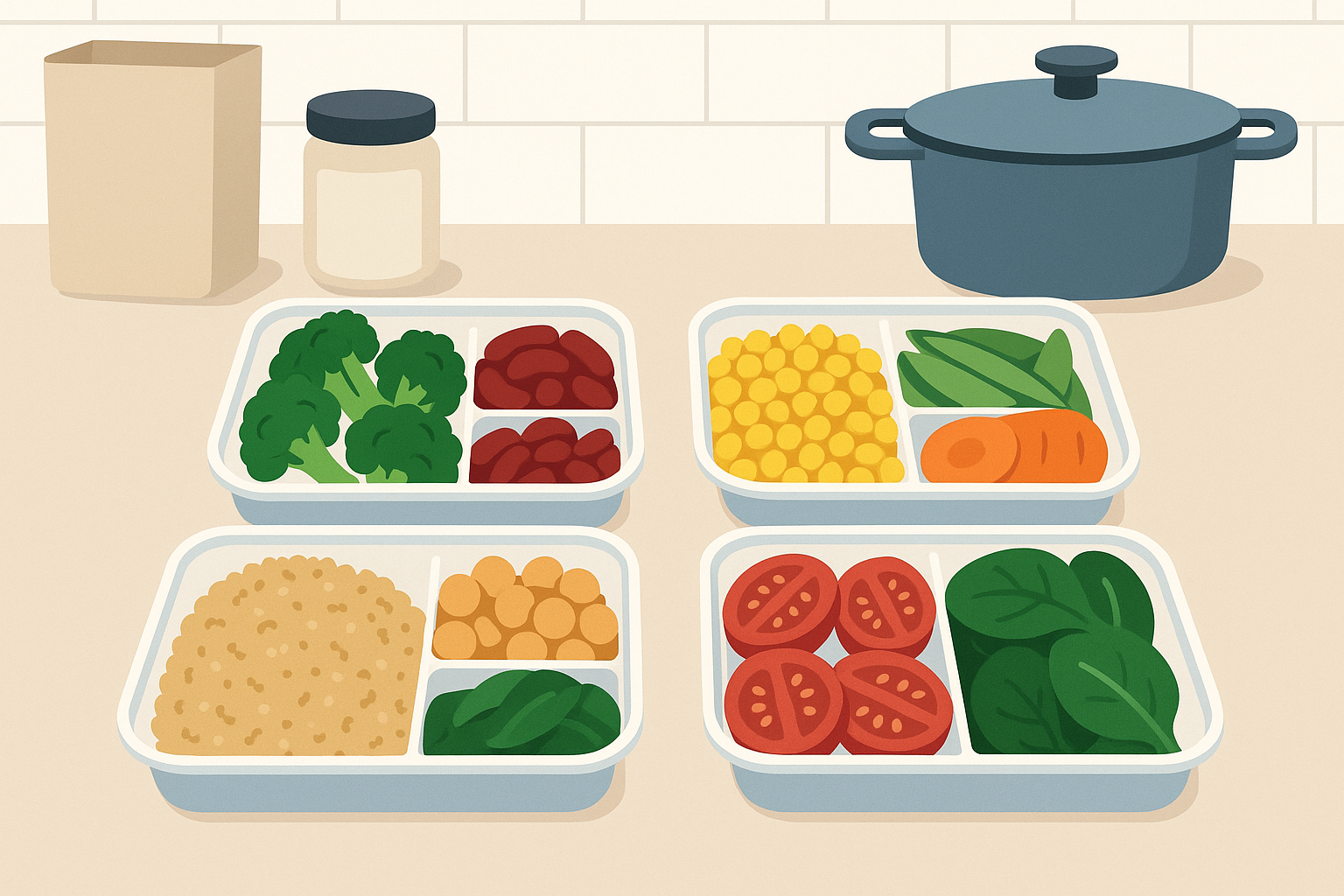
What If You Have Other Dietary Issues?
If you’re gluten-free, you’re actually in good shape. Quinoa, brown rice, beans, nuts, seeds, and all fruits and vegetables are naturally gluten-free. You can hit optimal fiber intake using these foods exclusively.
Got IBS too? This gets trickier. You might need to limit high-FODMAP options like apples, beans, and Brussels sprouts during elimination phases. Focus on carrots, oranges, quinoa, and small portions of nuts during restriction periods, then gradually reintroduce other options.
When managing both diverticulosis and other digestive conditions, the diet for diverticulitis during flare-ups may require temporary modifications, but these high-fiber foods remain the foundation for long-term management.
Nobody wants to talk
Nobody wants to talk about gas and bloating, but let’s face facts – when you start eating more fiber, things are going to get… interesting… in the bathroom department. This is normal! It gets better, I promise. Consider plant-based digestive enzymes to help during the adjustment period.
The Bigger Picture Stuff
The emphasis on whole, minimally processed foods aligns with conscious eating principles. When you choose organic steel-cut oats over instant varieties, or pick locally-grown apples from farmers markets, you’re practicing mindful consumption that supports both digestive health and environmental sustainability.
Your fiber journey becomes part of a larger wellness routine that might include morning supplement regimens, green smoothies, and natural health practices. This holistic approach recognizes that immune supporting nutrients such as sulforaphane from broccoli work together with fiber to support overall digestive wellness.
Digestive health impacts everything – from how clear your skin is to your energy levels to mental clarity. The foods you choose become building blocks for comprehensive health that goes way beyond just managing diverticulosis.
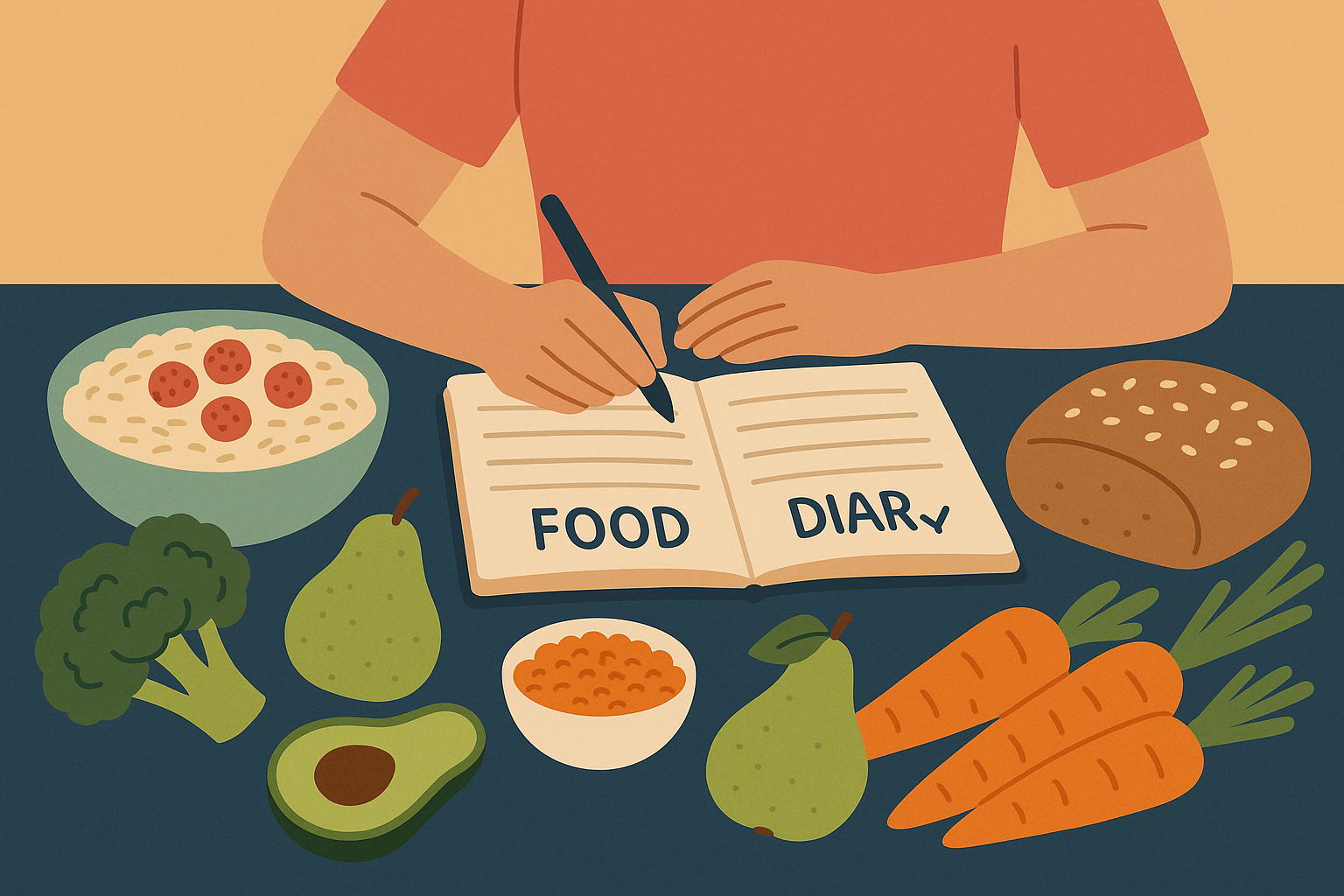
The Bottom Line
Look, managing diverticulosis isn’t about being perfect. It’s about finding what works for YOUR body and YOUR life. Some days you’ll nail it, other days you’ll eat pizza and feel guilty. That’s being human. The goal is progress, not perfection.
As you work on these dietary changes, remember that supporting your body’s natural healing processes extends beyond nutrition – consider incorporating natural ways to boost your immune system to complement your digestive health journey.
Successfully managing diverticulosis through high-fiber foods requires patience, consistency, and approaches that honor both your digestive needs and your real life. This isn’t about following some rigid medical protocol – it’s about developing a sustainable relationship with foods that support your digestive health for years to come.
The 25 foods I’ve shared here provide a solid foundation, but your individual journey is going to be unique based on your tolerance, preferences, and lifestyle. That’s totally normal and expected.
Remember that gradual introduction is key to success. I can’t stress this enough – your digestive system needs time to adapt to increased fiber intake. Rushing this process often leads to discomfort that might make you want to give up entirely. Start with gentler options like cooked carrots, quinoa, and peeled fruits, then gradually work toward higher-fiber choices like navy beans and chia seeds.
The research supporting high-fiber diets for diverticulosis management continues to get stronger, but the most important evidence will be how YOUR body responds to these dietary changes. Keep that food diary, stay hydrated, and don’t hesitate to adjust your approach based on what you learn about your individual tolerance patterns.
If this feels overwhelming, take a deep breath. You don’t have to eat all 25 foods tomorrow. Pick three that sound tolerable and start there. I began with oatmeal, carrots, and apples – not exactly adventurous, but it worked.
By implementing these strategies, you’re not just managing a medical condition – you’re participating in a lifestyle that honors your body’s needs and supports optimal digestive wellness. Your commitment to conscious nutrition choices creates a foundation for long-term health that extends far beyond diverticulosis management.
Obviously, I’m not your doctor, and everyone’s body is different. If something makes you feel terrible, stop eating it. Trust your gut – literally. But also trust that with patience and consistency, you can find an approach that works for you and helps you feel better than you have in years.

